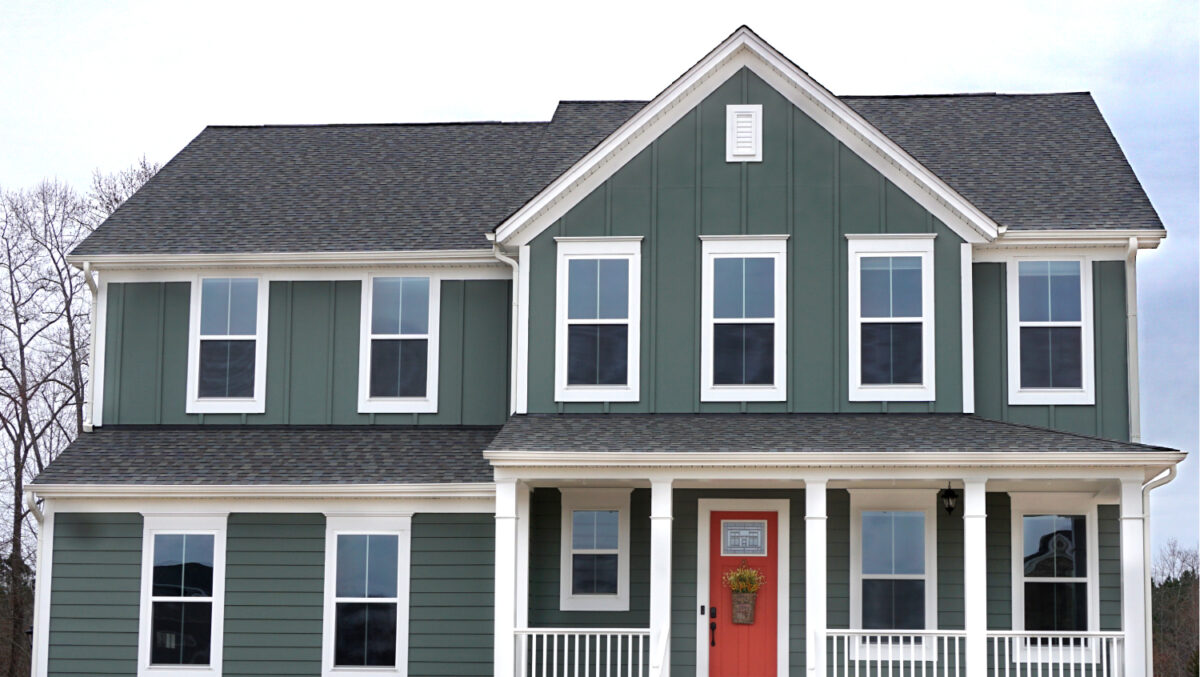Green Siding Choices for a Sustainable House

Regarding building a eco-friendly home, each decision counts, and one of the crucial elements to consider is your selection of siding. Siding not only enhances the visual appeal of your home but also plays a vital role in energy conservation and eco-friendliness. As homeowners grow increasingly aware of their ecological footprint, green siding options are becoming more popular, delivering both beauty and sustainability.
Choosing the right siding can lower energy costs, minimize waste, and diminish the carbon footprint of your home. With a variety of materials available today, from reclaimed wood to composite, exploring these ecological alternatives can create a healthier living environment and benefit the planet. In this article, we will delve into multiple eco-friendly siding options that not only protect your home but also promote a more sustainable tomorrow.
Types of Eco-Friendly Siding
As you consider siding for a green home, there are multiple eco-friendly options to consider. One of the favored choices is reclaimed wood siding. This option utilizes salvaged wood from historic structures, agricultural buildings, or shipping pallets, minimizing waste and the need for new timber. Reclaimed wood brings distinctiveness and a unique aesthetic to all home while also reducing the environmental impact linked to logging.

Additionally, another great alternative is fiber cement siding. Made from a mixture of natural fibers, cement, and sand, fiber cement is extremely durable and enduring. Its production process can also utilize recycled materials, making it a responsible choice for sustainability-minded homeowners. Fiber cement siding is protected against pests and fire, guaranteeing that it maintains its integrity over time without calling for regular replacement.
Lastly, bamboo siding is gaining popularity as an eco-friendly choice. Bamboo is a fast-growing plant that can be collected sustainably without inducing significant ecological damage. Its lightweight and strong nature makes it an appealing alternative to standard cladding options. Bamboo also provides a modern aesthetic to homes while offering superior insulation properties, additionally contributing to energy efficiency.
Benefits of Eco-Friendly Siding
Sustainable siding options provide significant environmental advantages relative to traditional materials. By selecting eco-friendly siding, homeowners can reduce their carbon footprint, as these materials often are sourced from green sources or are repurposable. This not only helps to preserve natural resources but also reduces waste that would otherwise end up in garbage dumps. Sustainable siding can considerably lower the environmental impact of a home during its existence.
In addition to being environmentally friendly, eco-friendly siding can also enhance energy efficiency. Many sustainable siding materials feature excellent insulating properties, which can aid maintain a consistent indoor temperature and decrease energy consumption for warming and cooling needs. This creates decreased utility bills and a more comfortable living environment, making it a smart choice for property owners seeking to maximize efficiency while reducing their ecological impact.
Lastly, sustainable siding can improve the aesthetic value of a home. Many green materials are available in a multitude of finishes and textures, allowing homeowners to achieve their desired look without compromising sustainability. By selecting materials like reclaimed wood or blended siding made from upcycled content, property owners can create a distinctive aesthetic that reflects their commitment to sustainability while enhancing the property’s overall appeal.
Setup and Maintenance Tips
Appropriate installation is crucial for the lifespan and efficiency of your siding. Commence by thoroughly preparing the substrate, ensuring that it is clear, dry, and free from any issues. Use Valley Siding -quality materials and follow the manufacturer’s recommendations closely to achieve a correct fit. It is frequently suggested to create a slight gap at the lower part of the siding to avoid moisture damage. Utilizing a professional installer can also be advantageous, as they will have the expertise needed to handle any issues that may arise.
Maintenance is essential for protecting the aesthetic and effectiveness of your cladding over time. Periodically inspect the cladding for any signs of defect, such as fissures or warping, and address these concerns promptly to stop further issues. Clean the siding from time to time to prevent the accumulation of dirt and mold, using non-toxic cleaning solutions that are safe for both the environment and your house. Refrain from high-pressure cleaning in some instances, as it can damage fragile surfaces. Instead, a soft wash with a gentle brush is typically more efficient.
In addition to cleaning, consider recoating or refreshing paint as needed to preserve protection against the elements. According to the kind of siding material, this process may differ, so check the product details for advice on the optimal practices for your specific siding option. Keeping an watch on these care activities will not only enhance the appearance of your property but also contribute to its sustainability by providing a longer duration for your cladding.
